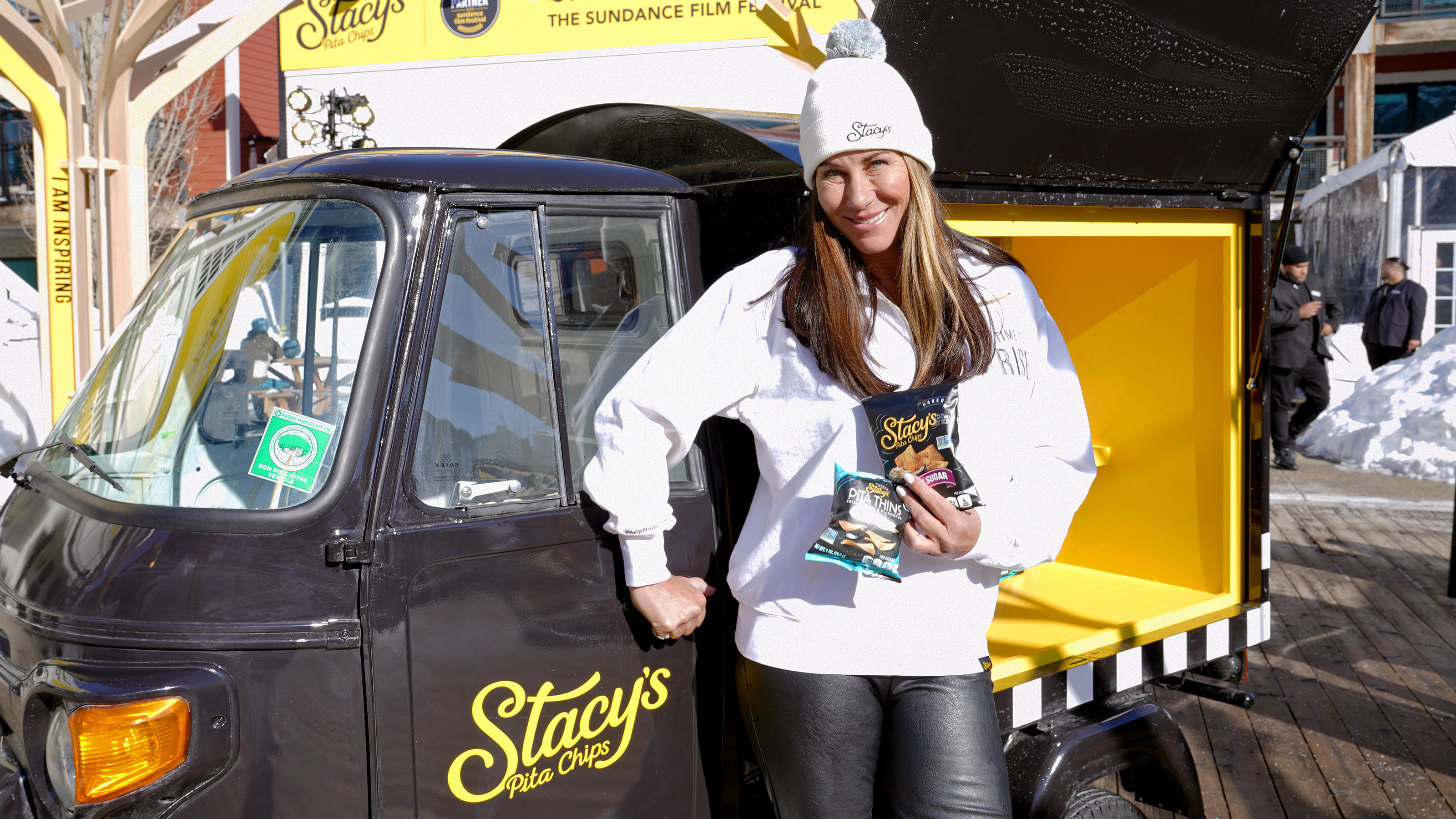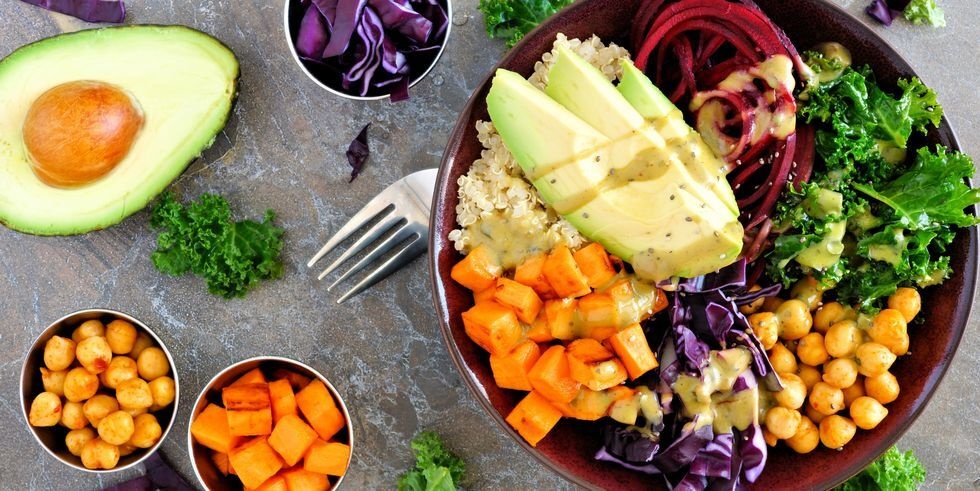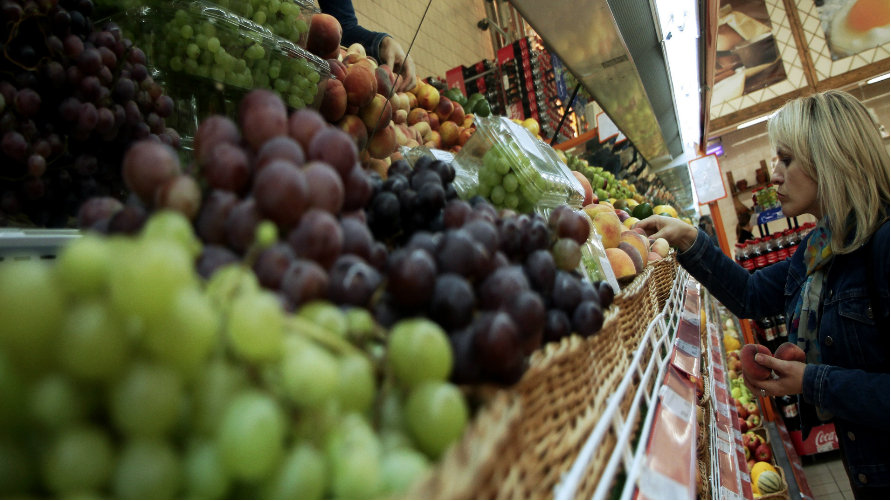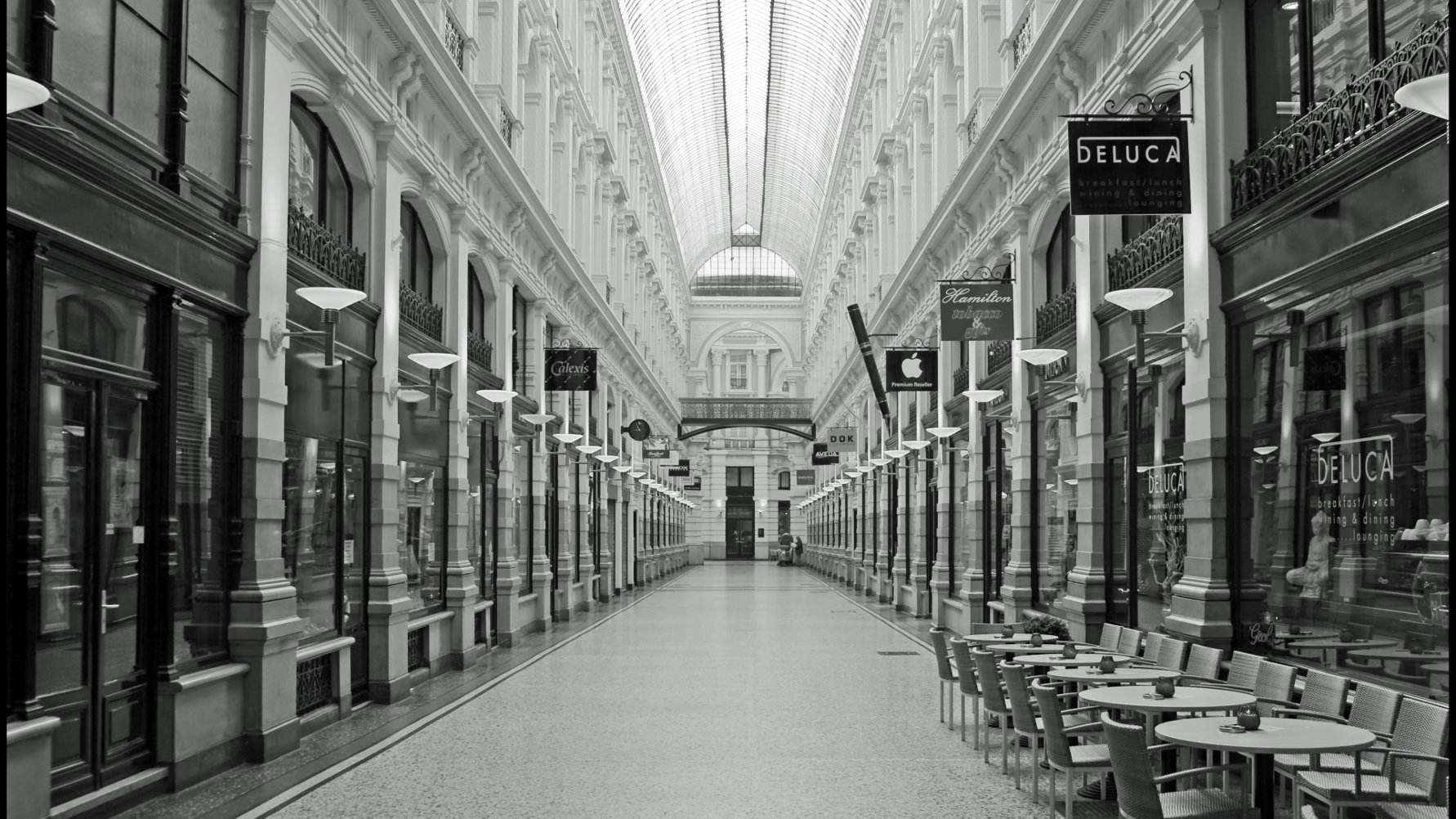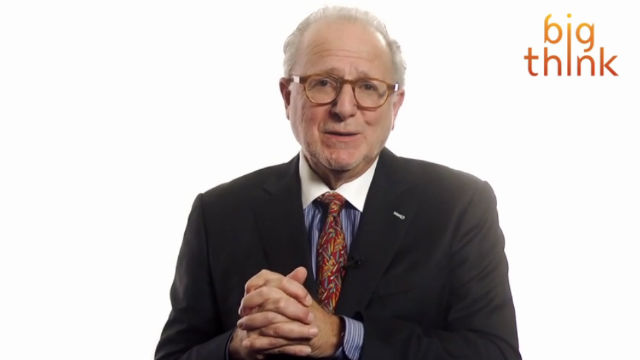It’s Not Quite Freeganism, But It’s Close
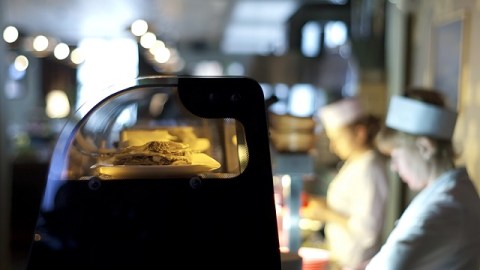
What’s the Latest Development?
A new “mobile marketplace,” PareUp, aims to solve the food waste problem by bringing together customers and businesses through simple technology. Each day, restaurants and grocery stores will report which excess food items they have and the discounted prices for those items. Customers with the PareUp app can check to see what’s available and if they see something they want, they can go to the store and buy it.
What’s the Big Idea?
Lately, people and institutions have been paying closer attention to global food waste and the many costs — financial, societal, environmental — it incurs. In the US alone, an estimated 30 to 40 percent of food is wasted, and much of it and its packaging end up in landfills. With PareUp, businesses can sell food that would normally have been thrown out, and customers can buy that food for much less than its regular price. The free app will launch in New York City later this summer, and several food stores have already signed up to participate.
Photo Credit: Shutterstock.com
